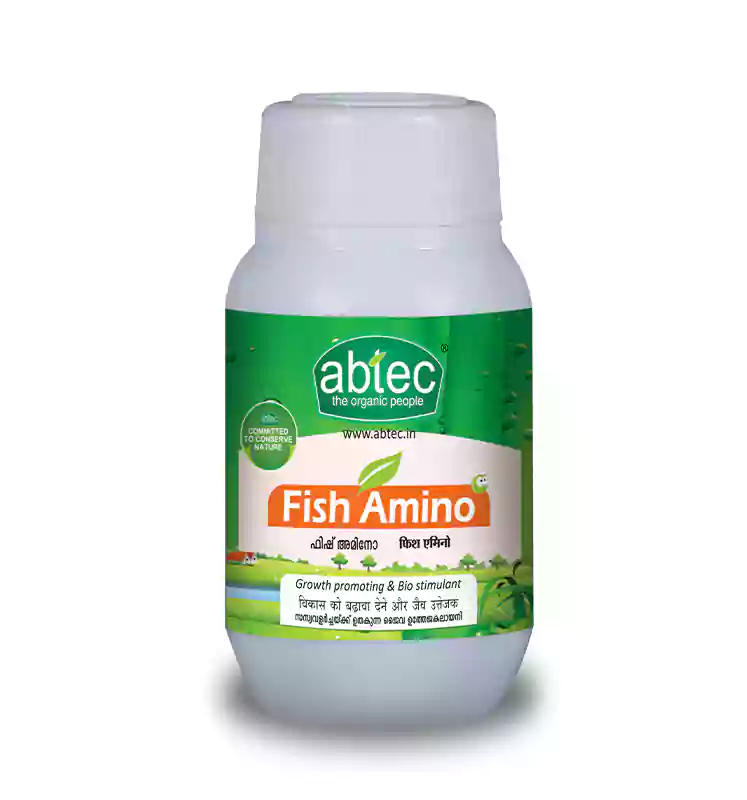Whenever or wherever there is a talk on organic farming these days an accompaniment of some queer sounding words also reaches our attention. We just take them for granted as organic farming invariably means all these things called Pseudomonas, Trichoderma, Asospirillum, Azetobacter and a lot more.
At the same time some others say that we are going back to our roots in agricultural tradition through organic farming. My God, was there a Pseudomonas anywhere in the long tradition of local agriculture. Nay, never. Beware, this is the new normal age and the organic farming of these days is the new normal organic farming. Old normal cannot be assumed as the touch stone or reality check for the new normal, we have to admit. Still Pseudomonas and Trichoderma, aren’t we to locate them somewhere in the history of non toxic agriculture. This brief note depicts a search unto the roots of the much familiar word, Pseudomonas, in the present day organic mode of farming. If pseudomonas has a story how long back are we to traverse to locate it in history.
Our story will fit comfortably within the span of the twentieth century plus the few years of the present one, and it will have to be divided into stages such as the origin, development and modern times. In the absence of a reliable fossil record or some carbon dating process as to the origin of a huge number of words we will have to restrict ourselves to their appearance in the literatures over a period of time. It is anyhow definite that pseudomonas also might have existed through millions of years as just any other bacterium. We can only chart back their known co existence with mankind.
The first known reference to pseudomonas appears in the writing of the German professor Migula of the Karlsruhe Institute at the very end of the nineteenth century. His description of the new genus was short and inaccurate but, even so, it stands worth for publishing. It reads: ‘Cells with polar organs of motility. Formation of spores occurs in some species, but it is rare (for instance: Pseudomonas violacea)’. That was all. We now know that Pseudomonas strains do not produce spores, and it seems possible that Migula may have been observing refractile granules of reserve materials, which often look like spores.
Unfortunately even Migula never clarified the etymology of the word Pseudomonas in any of his writings, but it suggested to later taxonomists as a direct derivation from the Greek word monas or unit. We owe this verbal lineage to Bergey's Manual of Determinative Bacteriology of 1957.
The next known description of the remarkable versatility of Pseudomonas species appears in a thesis of L.E. den Dooren de Jong (1926), the famous Dutch mycologist and bacteriologist. He was the last student of the famous microbiologist Beijerinck and was assigned with the project of examining the soil microflora with respect to the degradation of organic compounds as part of the process of carbon mineralization. The results were quite dramatic, in the sense that bacteria of the genus Pseudomonas appeared to be endowed with the ability of decomposing a large variety of organic molecules, including many that are often toxic to microorganisms of other groups and to higher organisms.
The chaotic condition of Pseudomonas taxonomy was much aggravated by the enormous number of species assigned to the genus. A rough estimate showed that there were more than 800 known names of species assigned to Pseudomonas towards the middle of the twentieth century. Studies were conducted meanwhile particularly in America regarding RNA of several pseudomonas variants, and most of them brought out promising results.
In the old times, the names assigned to new species usually referred to some striking the set of observable characteristics such as growth requirements, colour production, colony appearance, etc. As it is quite evident, nobody has so far been able to locate any of the observable characters of pseudomonas as subscribing to the roots of the word that forms its name. Still the darkness that shrouds the etymology or the origin of the name in no way hinders the various applications of this bacterium in modern age organic farming. Among the thousands of strains of pseudomonas, the one variant, fluorescens, opens up a whole world of possibilities in agriculture.
This single variant has literally rewritten the destiny of organic farming in contemporary times. Heaven knows how many more variants of pseudomonas could be unearthed in future research and how mighty would be their impact on bettering the prospects of agriculture in this planet. Let’s wait for it.
Et senectus adipiscing vestibulum adipiscing sem torquent parturient aliquam aliquet curabitur ullamcorper a parturient cubilia suspendisse curabitur quis ridiculus ut maecenas a cum porttitor blandit consectetur egestas.Sem etiam vestibulum a suspendisse sit sociosqu massa urna elit. Bibendum egestas elit fames adipiscing scelerisque a est amet a nisi volutpat pharetra sed a eget nunc sapien per.





